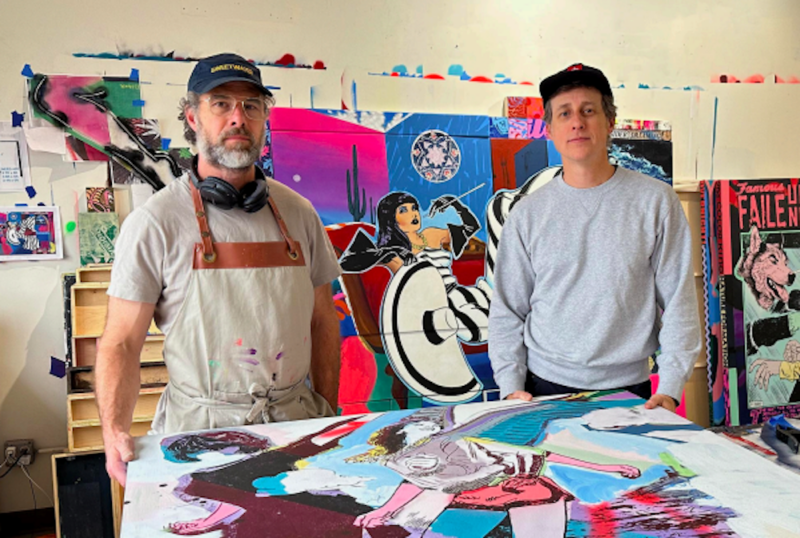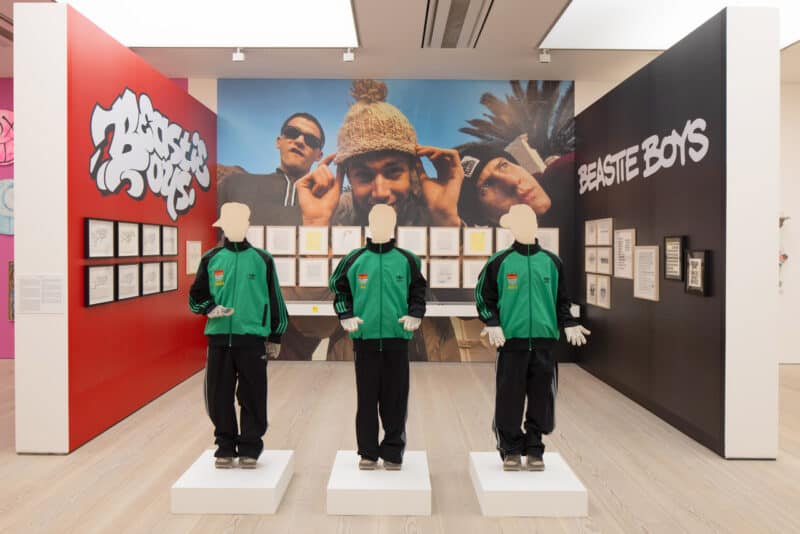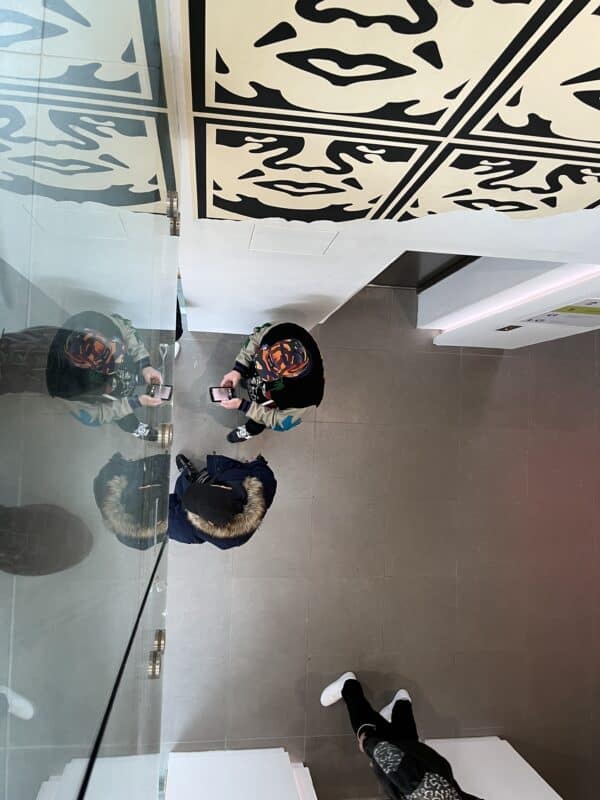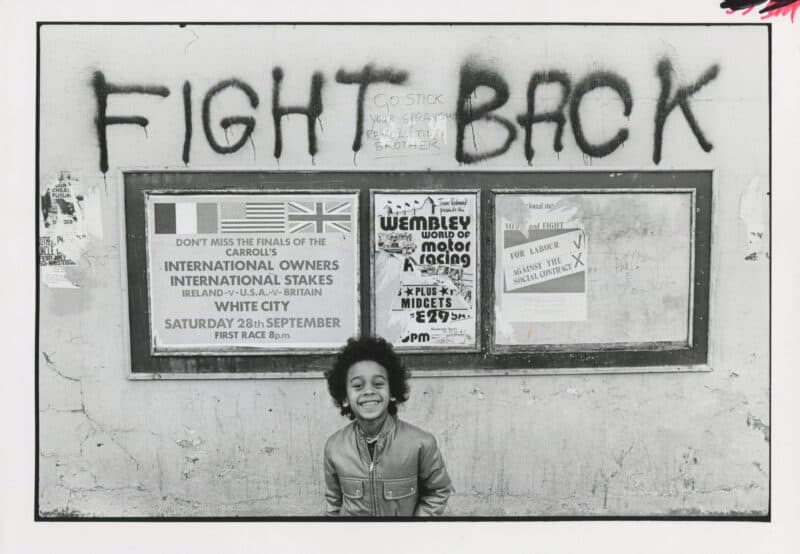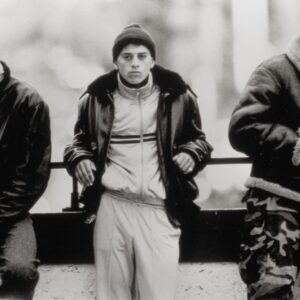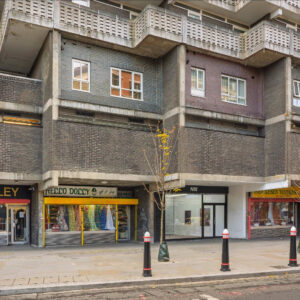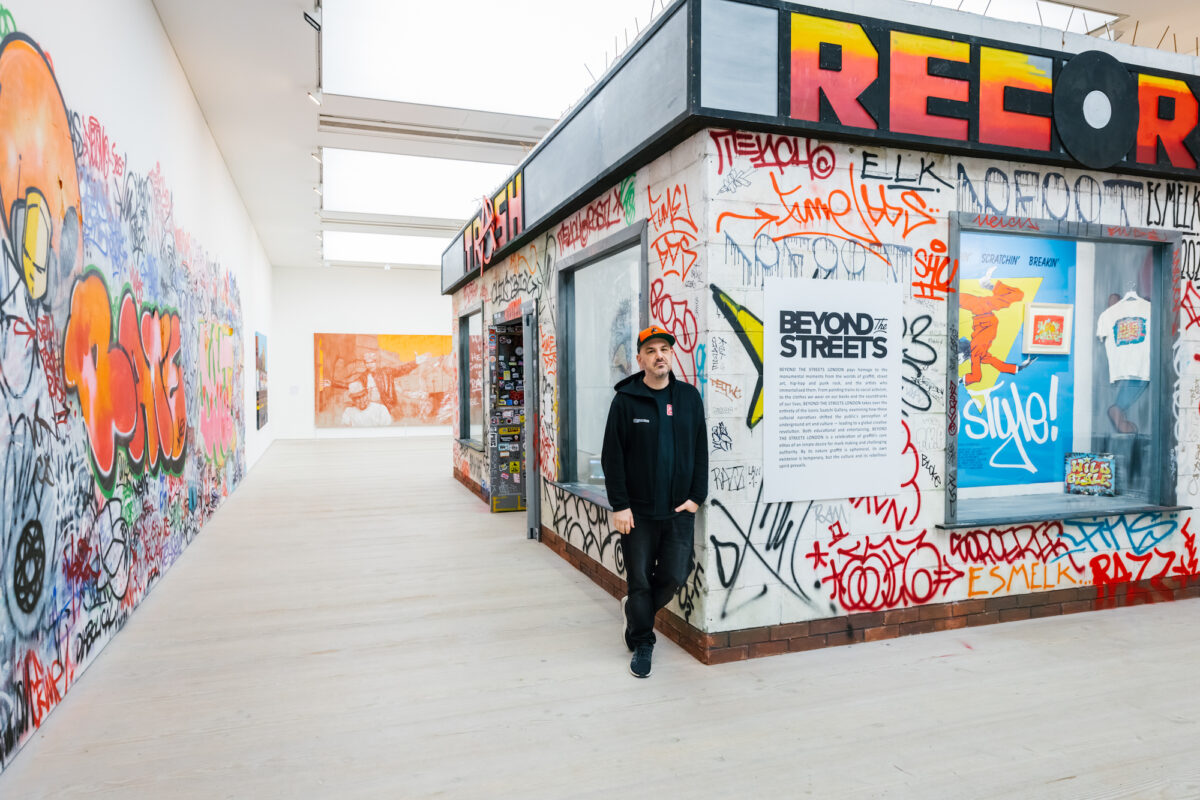
BEYOND THE STREETS and CONTROL Gallery have revealed ‘EXHIBITION 010: GRAFFITI ARCHIVE 1972/73’, a new exhibition offering an unprecedented glimpse into the raw, untamed world of New York City’s graffiti scene during the pivotal years of 1972 and 1973. The exhibition was curated by Beyond the Streets founder Roger Gastman, from the late artist Gordon Matta-Clark’s photographic archives, and features over 200 carefully selected photographs, many of which are on display publicly for the first time.
Gordan Matta-Clark began to document the exploding graffiti movement in New York City in the summer of 1972 with his camera at the age of 29. He had grown up in downtown NYC and witnessed the city pre-graffiti, giving him a different perspective from the many young artists who flocked to New York in the early 1970s. Matta-Clark possessed the unique Bohemian pedigree of a native New Yorker and viewed the burgeoning street art movement through an artist’s eye, perceiving it as an artistic revolution of the people. The graffiti that
Matta-Clark discovered and photographed was fresh and full of adolescent fun and creativity and incorporated much of the graffiti vocabulary we see today, including 3D, characters, arrows, and connections between the letters.
As the BEYOND THE STREETS exhibition opens at CONTROL Gallery in Los Angeles, founder and curator Roger Gastman talks to Lee Sharrock.
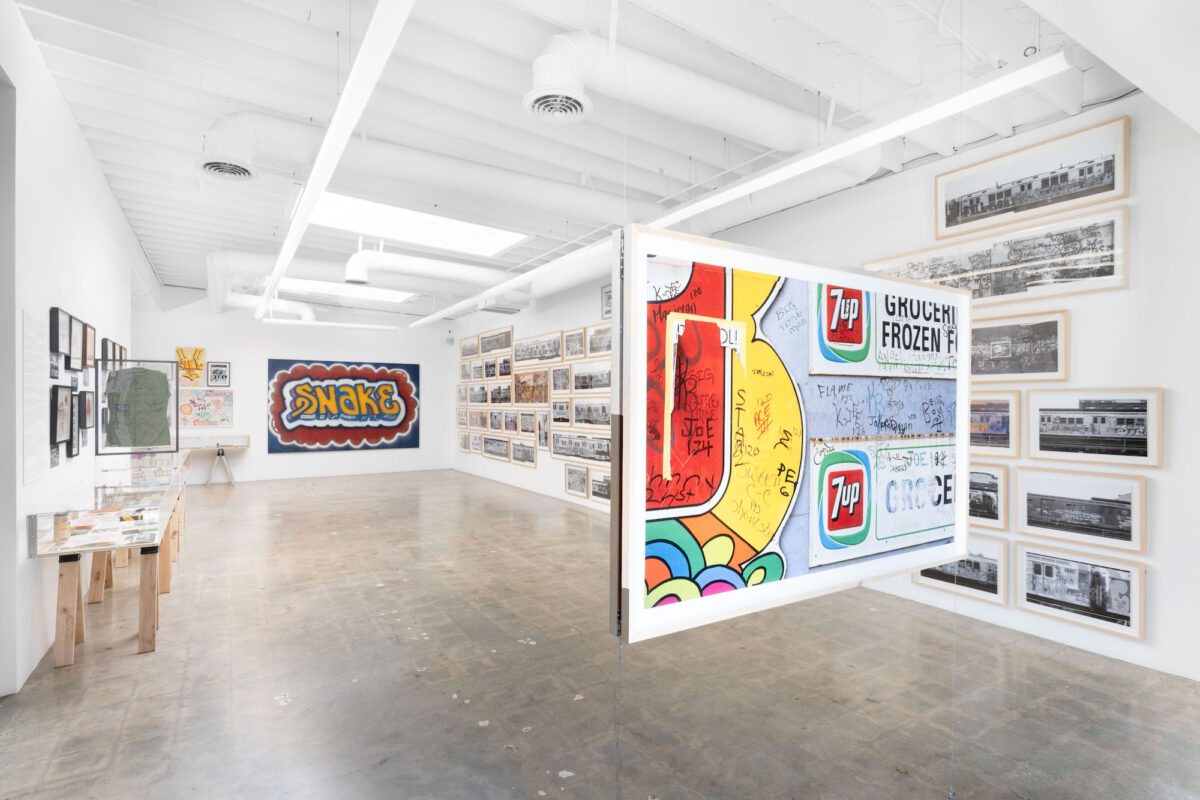
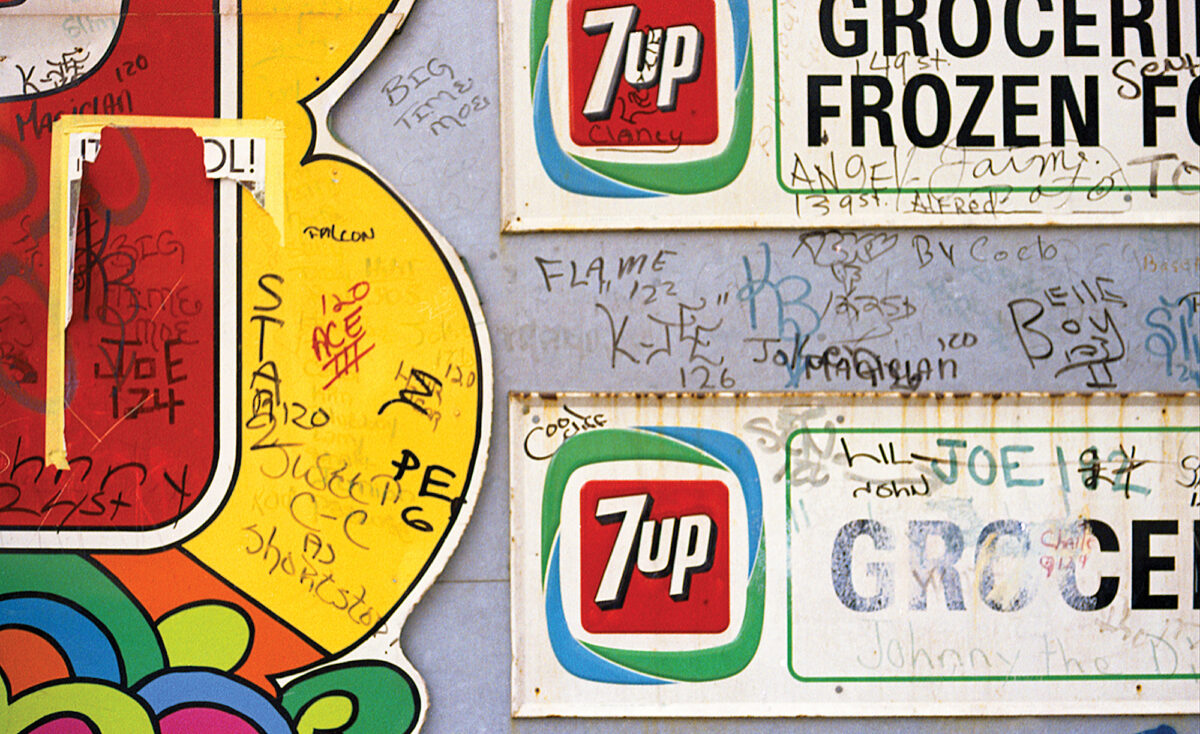
Lee Sharrock: What was the motivation behind founding BEYOND THE STREETS and the main aim
Roger Gastman: We founded BEYOND THE STREETS, because even though I was known as a graffiti historian and publisher of numerous anthologies, biographies and monographs that celebrated the culture for over three decades, we literally wanted to go beyond the typical exhibition and publishing experience, though, making something educational and thoughtful, entertaining and intriguing, historical but never dry.
I think I understood that any exhibition that undertook the history of graffiti and its story would have to begin with years of history before it. One would have to include the contemporary concept of how “graffiti” took shape in the streets of New York and Philadelphia in the mid to late 1960s. How the late 1970s saw a transformation of the art form to a more sophisticated practice, with subway trains being the new canvas. Then the 1980s saw the collision of graffiti with hip-hop, break-dancing, film and eventually, the contemporary art world. The 1990s would be a decade of re-establishing a rebel core, with a massive explosion of graffiti in cities around the world. The 2000s saw graffiti and street art become as synonymous with street work as it was with fashion and design, music and collector-culture like vinyl toys, prints and sneakers. By the mid 2010s, it was a powerhouse of a genre, with a following that exceeded nearly all other art genres combined.
But, incidentally, a story still hadn’t been told the way BTS wanted to see it told. How did it, who did it, why did they do it? By its very nature, graffiti is linked through its past, where new generations emerge and establish their own traditions but with a respect to the earliest practitioners. One thing I understood was that a narrative was important, a story of how art born on the streets became a global icon of rebellion and originality, and the allure of rebelliousness was indeed, still alive. BEYOND THE STREETS could tell the story and be the one to make it expand even further.
Does the exhibition in Control Gallery in LA have much in common with the London version, or is the curation completely different?
They are linked in DNA but different experiences and different ways of telling the stories. The BEYOND THE STREETS showcases, most specifically the London show, is, as you saw, an overview; detailed and nuanced, but an overview. CONTROL Gallery in Los Angeles is a way to take portion of the BTS shows or the artists in those shows and give them a large square footage to tell their own story, both historical and contemporary. The gallery allows me to really focus on one topic within the culture that excited with me the larger BTS shows that we could fit. So when it comes to something like the Gordon Matta-Clark show, we could only dedicate one wall, one portion of a wall, to his photos. So you could get the idea of the importance of the work, but the gallery show is really a unique space where one story gets linked to the broader culture in interesting ways.
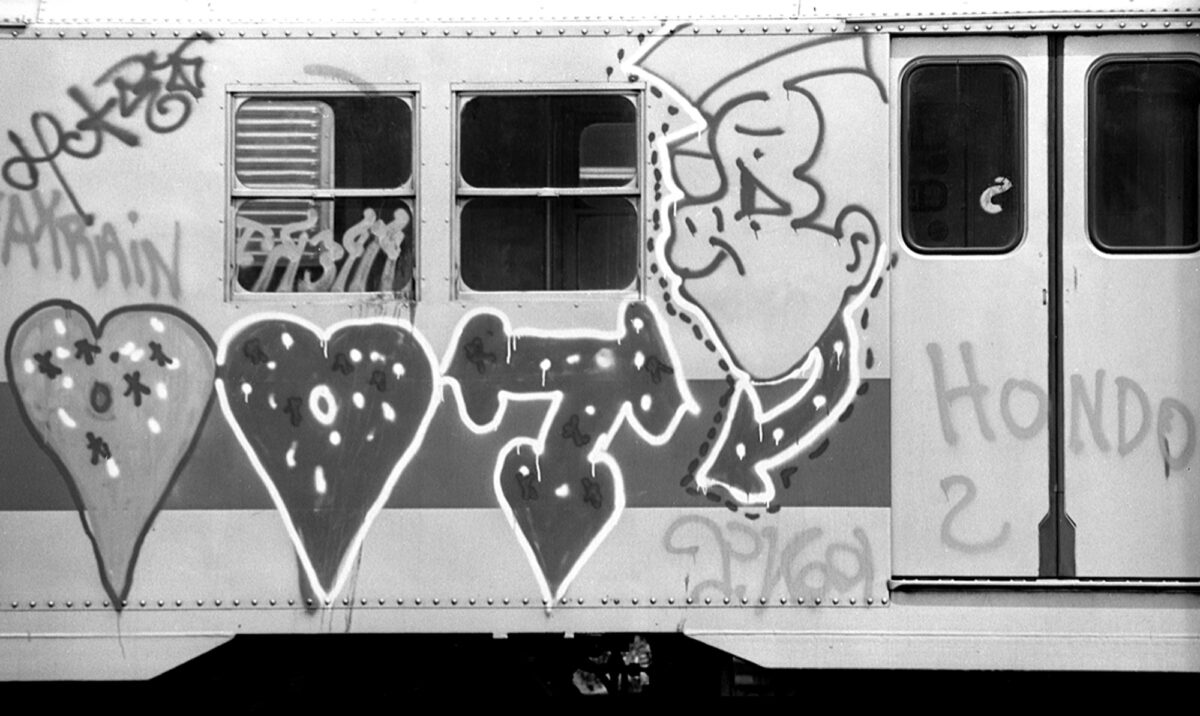
Did you anticipate this would become such a big global success, and what cities / countries are you heading to next?
The BEYOND THE STREETS shows aren’t just travelling pop-ups. These are massive, in-depth, entertaining, expansive, educational, unlike any other show of its kind. They evolve with each location, unique to every single city it opens in. It’s a cultural epicenter. It’s a narrative. It’s the history and the next chapter all in one place. BTS is a storyteller, from the mouths of the people who lived and are living it. The best of the best, the next of the next.
I anticipated the shows would go well, and more cities would want to host the exhibitions, because it really is a global movement. Like that isn’t hyperbole, or bullshit. It’s global. It’s rare for a movement in the arts to be truly global, and besides perhaps hip-hop, which is in kinship with graffiti, I really don’t see a similar worldwide movement like this. So that is something that is so crucial as to why we can do LA, NYC, London, Shanghai and there is interest in each corner of the world. Graffiti is everywhere, the story is unfolding, let’s be the ones to take it from chapter to chapter.
Where to next? Stay tuned… in the meantime, come to our gallery in Los Angeles…
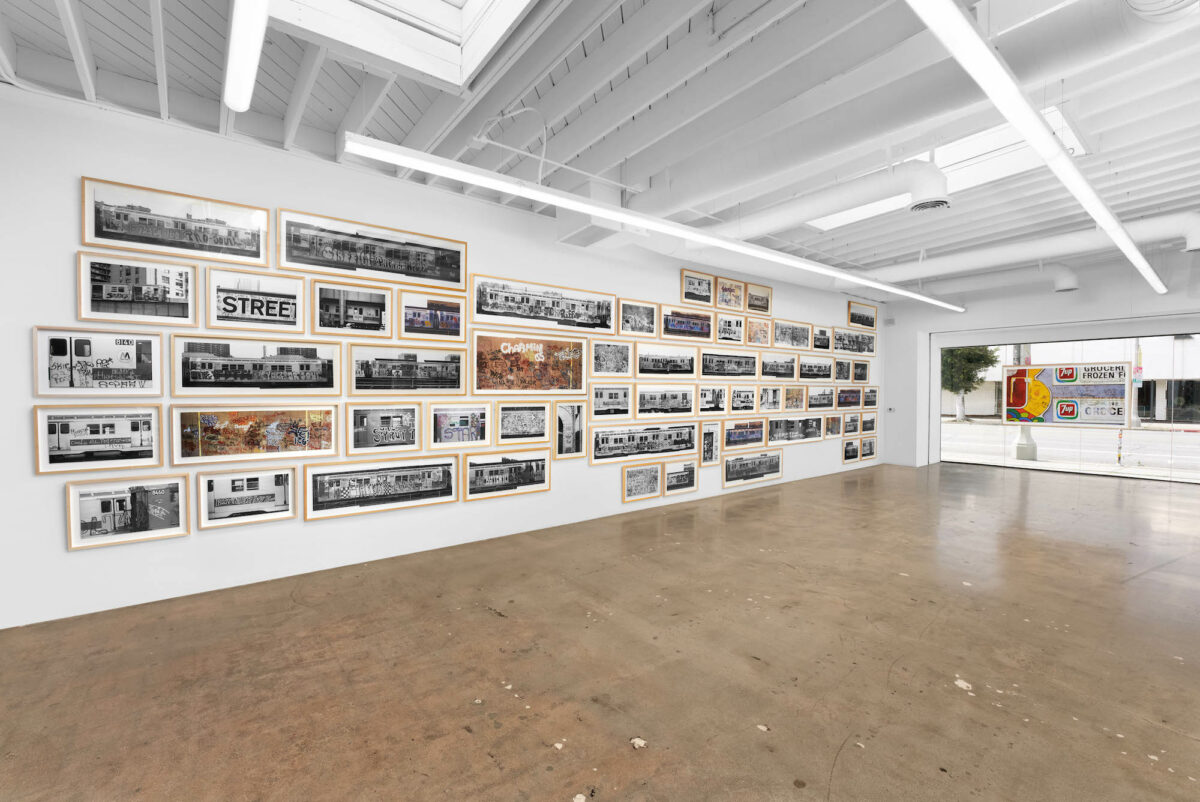
The CONTROL Gallery exhibition, EXHIBITION 010: GRAFFITI ARCHIVE 1972/73, focuses on the raw world of New York City’s graffiti scene during 1972 and 1973. What drew you to this particular era of graffiti as a focal point for the LA show?
What we do is showcase those mark makers who left and continue to leave an indelible footprint on the way we look at art. The ones who changed the game and those who continue to change it today. The roots of BEYOND THE STREETS lie in artists with roots in graffiti and street art who have gone on to have art careers influenced by that history plus artists whose work is inspired by the streets.
But what is interesting about Gordon’s show is here is someone who was a conceptual artist, looking at the street as a place to experiment in, looking at architecture as a canvas to reimagine and question, and as he was doing this, he all of a sudden sees these kids doing exactly what he was experimenting and thinking about in terms of the city. Not in the same way in technique, but the same idea in spirit. Re-taking, re-imagining, leaving a mark, remixing the visual identity of a place. And that this documentation was happening before the more popular graffiti explosions in the later 1970s, it really intrigued me. And it really is the era of graffiti in NYC that is some of my favorite graffiti, those early mark-makers who changed everything we ever thought art could be, without an agenda.
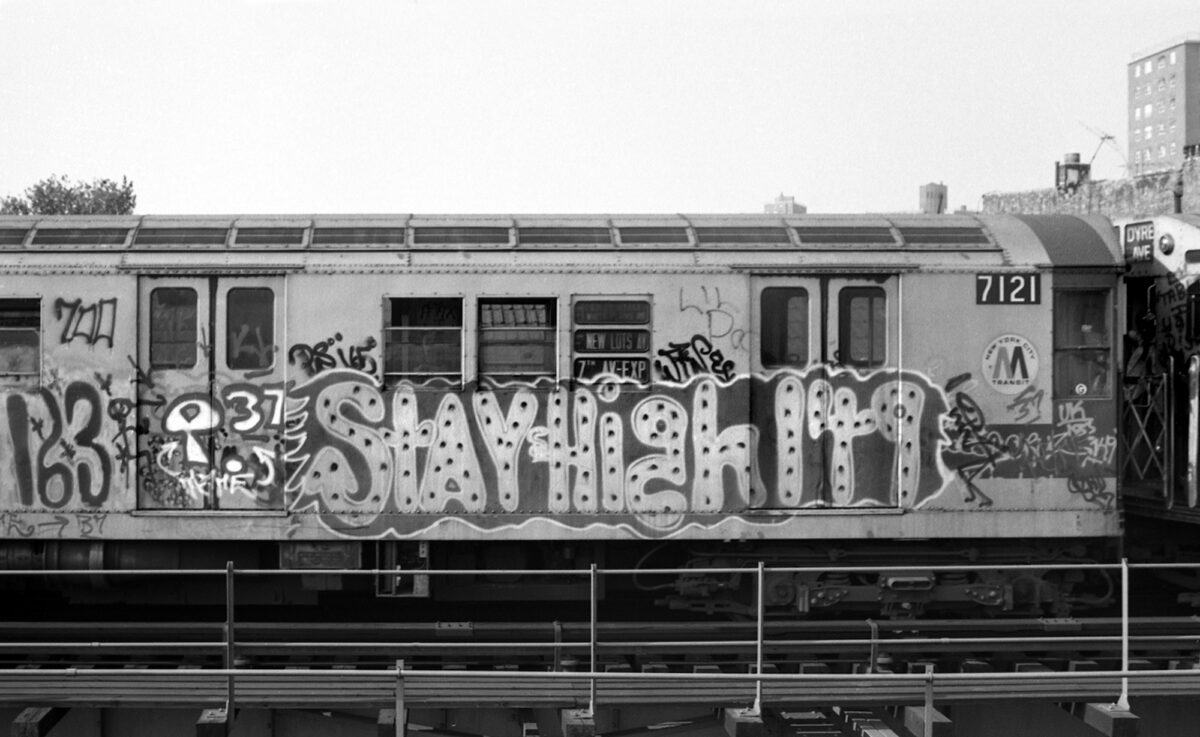
What would you describe as the narrative behind the inspiration for this niche moment in a vast and well-documented genre? Is the CONTROL Gallery show intended to be a historical pre-cursor, designed to educate and illustrate this particular moment in graffiti history that led to a worldwide phenomenon?
That is where BEYOND THE STREETS exists; helping tell the stories of the ways in which the baton is passed. In a way, yes. This show is a reminder, a connector, of how this movement started to gain traction, the conditions as to how it started, whether social, political, or infrastructural, and who was looking at this work and documenting it. It’s supposed to be educational but also historical. It’s also showing that rebellious spirit was born from the times.
I think there is something else here that I think shines through in the show. There was a lineage of writing your name on walls in cities around the world, post WWI and post WWII, Brassai being one of the great Parisian photographers who started to turn his camera to tags on walls and messages people left behind for others to read. I’m here, I’m alive, I exist, I going to be remembered. And as someone so involved in looking at the urban landscape as a place where people exist, live, work, grow up, Matta-Clark saw these young men leaving these messages behind, telling the world they exist. It is, indeed, a show that is the exact moment where it leaves the simple writing name on the wall like Brassai was capturing and becomes something artistic and the vitality of a city’s life.
Would you say the motivation behind this exhibition is to celebrate the medium of documentary photography as a way of capturing the essence of the time when Graffiti art was gaining traction in popular culture?
Absolutely and that is why you see so many photographers in our BTS shows. Unlike most contemporary art, graffiti needs documentary photography to confirm its existence and to preserve the moment in time. The Mona Lisa exists no matter how many times a tourist takes a photo of it, right? Besides performance art, graffiti is really truly reliant on the work of photographers, who almost have the same obsessive spirit as the writers themselves. These artists go hand-in-hand.
Were you inspired to curate the exhibition because you feel that these particular photographs are an important historic document that capture an important early phase of Graffiti’s development, which led ultimately to the globally recognised art form Graffiti or ‘Street Art’ is now?
We have seen, through the pandemic, through these massive tower projects in Miami and Los Angeles, and just how each decade has its key figures and styles, graffiti is still so vital. And vital not just as an art form, but as a voice of the city. Socially, politically, and artistically.
Graffiti continues to grow. It continues to influence fashion, music, design, and brands. It continues, perhaps ever more today than ever, to influence contemporary art. And BEYOND THE STREETS is the only exhibition, brand, storyteller, who celebrates the mark makers and rule breakers, the agitators and instigators. What’s next is what happens on the street, and BEYOND THE STREETS will make it history.
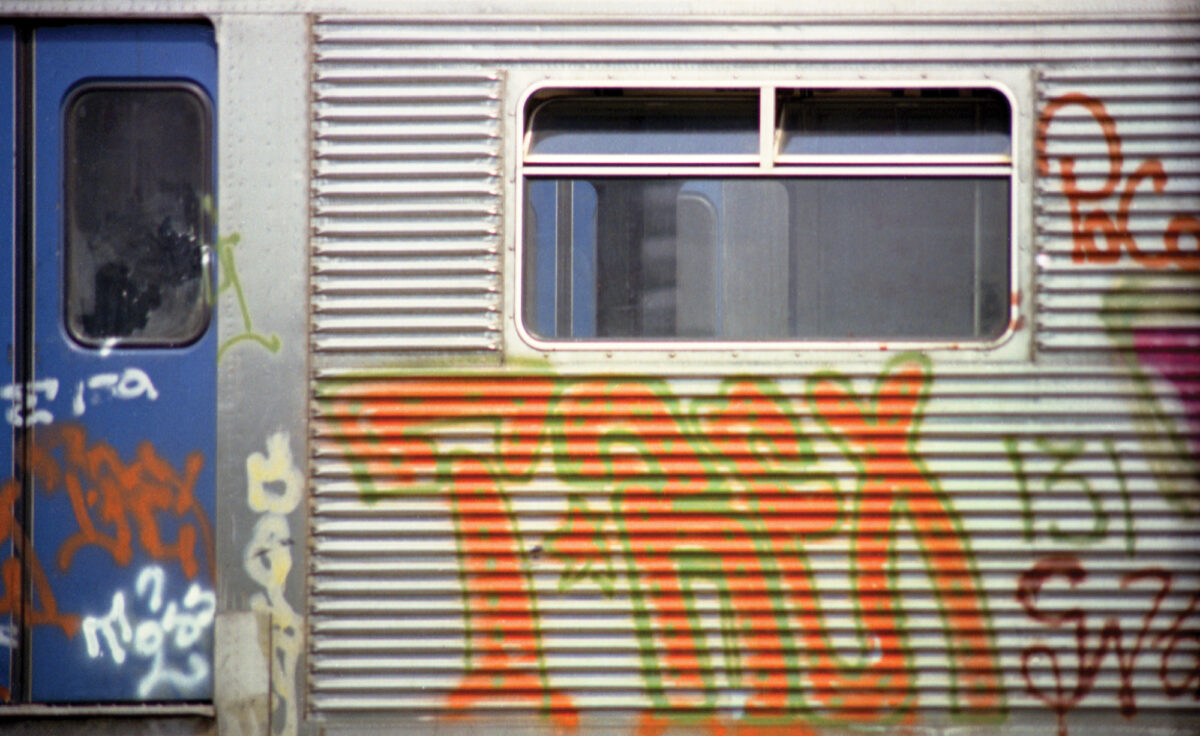
‘EXHIBITION 010: GRAFFITI ARCHIVE 1972/73’ is at CONTROL Gallery, 434 N La Brea Ave., Los Angeles until 13th April, 2024. control.gallery
To coincide with the show, BEYOND THE STREETS Publishing has released a new 408-page hardbound Gordon Matta-Clark book featuring more than 550 images, including photos from the exhibition, edited by Roger Gastman, with essays from Carlo McCormick, Caleb Neelon and Chris Pape. beyondthestreets.com
